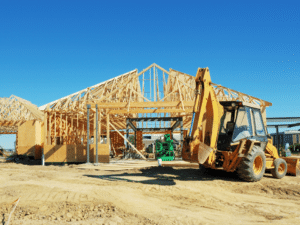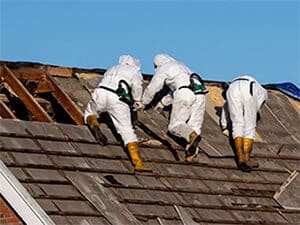Preventing and Managing Indoor Air Quality Issues
Dust, mold and asbestos can contribute to air quality issues in older buildings. But even new structures can be “sick buildings” if they have inadequate ventilation. Off-gassing of volatile organic compounds (VOCs) and other chemicals from new carpeting, paint, adhesives, sealants, cleaning products, engineered wood products and new furniture can build up in indoor air and create health risks for the people who have to breathe it.
Poor indoor air quality can be a serious problem, both as a health risk and a source of business disruption. But it can also be a frustratingly elusive source of confusing and intermittent symptoms. Building occupants may experience a range of effects, from headaches to dizziness, rashes, nausea or other ailments, but go home and feel fine. Symptoms may flare up and then abate with no clearly identifiable source. But it’s important to get the bottom of any suspicious effects, for health, safety and compliance reasons.
Someone’s Lunch or the Smell of an Indoor Air Quality Problem?
Odor can be an early sign of indoor air issues. Some problems are the result of outside air pollution that is carried indoors through the HVAC system or open windows and doors. Outdoor pollution from vehicle emissions, environmental tobacco smoke, radon gas, or construction and industrial materials can work their way into the building and diminish air quality.
Malfunctioning air filtration equipment, improper ventilation, an unbalanced fresh air supply, and lack of positive pressure in occupied spaces are sources of poor indoor air quality that can be corrected with engineering controls. Ozone-emitting devices such as copy machines and water-damaged building materials with potential mold growth can all contribute to poor indoor environmental conditions for building occupants, along with items like improper food or garbage storage, improperly stored cleaning products and second-hand smoke. Depending on the source and severity, poor indoor air quality can create serious and chronic health effects that may emerge years after exposure.
Head-off Compliance Problems with Indoor Air Quality Vigilance
Indoor air quality is subject to regulation under OSHA requirements and California law. The California Division of Occupational Safety and Health establishes policies for investigating reports of workplace indoor air quality, which can lead to citations and penalties. The state’s Air Resources Board and Air Quality Management Districts collect millions of dollars in penalties each year and can refer cases for criminal prosecution.
An indoor air quality assessment can help you stay in compliance and avoid the expense and disruption of regulatory issues.
At Omega Environmental, our experts have deep experience in the assessment and mitigation of indoor air quality issues and can help you quickly determine the source and severity of any problems and create a plan for remediation. We provide both inspection and laboratory analysis to establish whether you are dealing with a serious problem or simply the remains of someone’s lunch. Our services include a wide range of offerings for the management and prevention of indoor air quality issues including:
- Sick building syndrome evaluations
- Microbial sampling and analysis
- Water damage and moisture evaluations
- Mold remediation project design and oversight
- Proactive Indoor Environmental Quality (IEQ) management plans
- Customized IEQ training programs
Our team includes some of the country’s leading experts in environmental assessment, consulting and remediation and industrial hygiene. We partner with government and private contractors, engineers, architects, construction managers, and building managers across California and the country to ensure safe and cost-effective environmental strategies for health, safety and compliance.
If you have questions or concerns related to the indoor air quality in your building, give us a call or click on the link below.
Contact Us to Learn More About Indoor Air Quality Assessment










